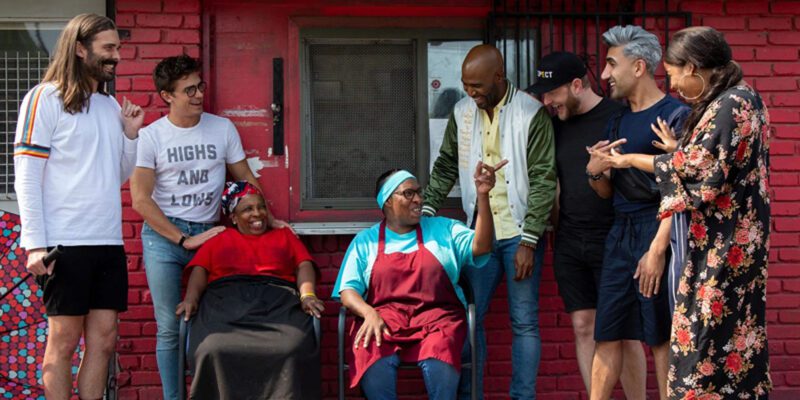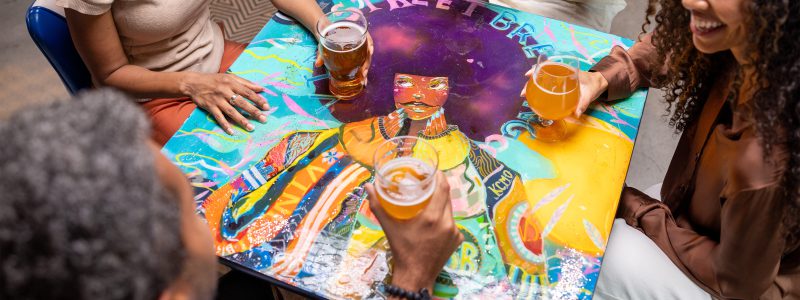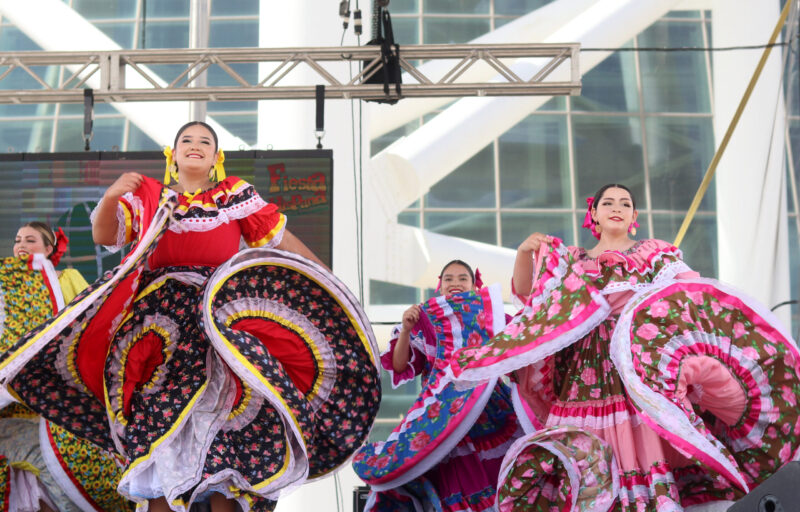Municipal Stadium
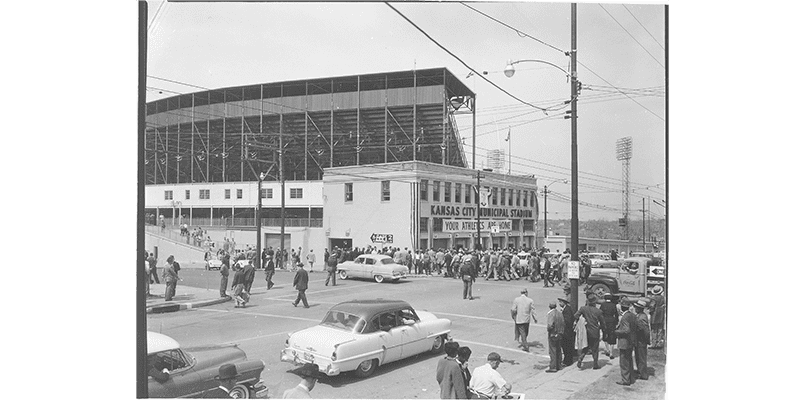
A truly historic venue, the legacy of Municipal Stadium still towers over Kansas City today. The stadium at 22nd & Brooklyn hosted the first Negro World Series, the longest NFL game in history, a Major League Baseball All-Star Game and countless other events before its demolition in 1976.
Convention Hall
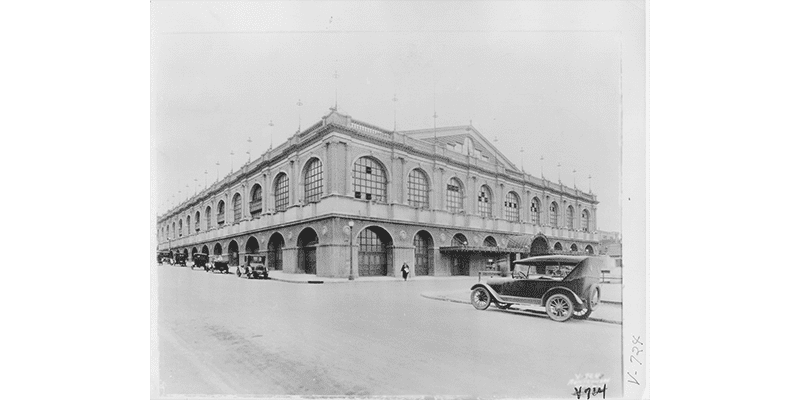
Kansas City’s original convention center opened in 1899 and burned to the ground in 1900, mere weeks before it was slated to host the Democratic National Convention. Remarkably, a new Convention Hall was built in just 90 days and the city hosted the event as planned. The collective effort became known as the “Kansas City Spirit” and was immortalized in a poem by Clara Virginia Townsend, titled The Spirit of Kansas City.
Perry's
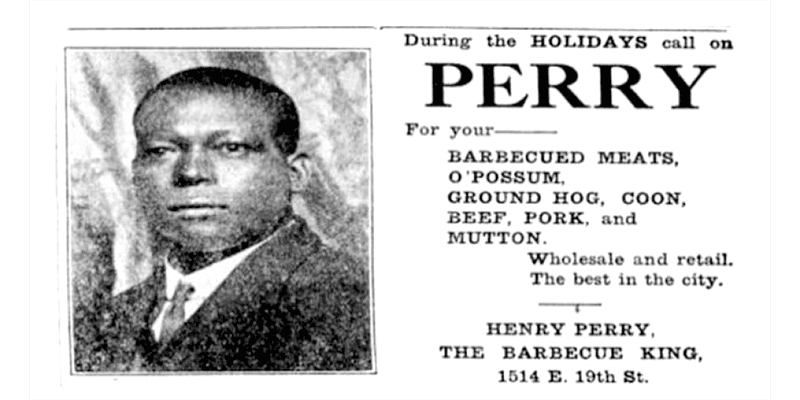
Known as the father of Kansas City barbecue, Henry Perry is widely recognized by local food experts as the individual responsible for the creation of KC-style barbecue. With origins as a food cart in the Garment District, the final location of Perry’s Barbecue was at 1900 Highland Ave. in the 18th & Vine district. Perry taught the cooks and owners at Arthur Bryant’s and Gates Bar-B-Q, allowing his culinary knowledge to live on through two storied KC barbecue establishments that continue their operations today.
The Stone Room
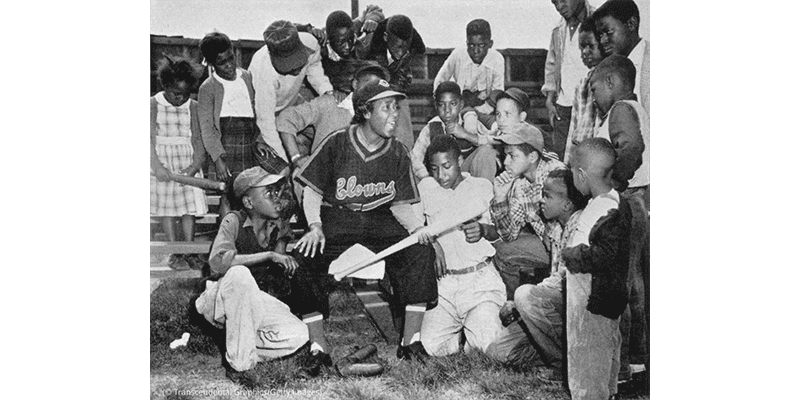
Toni Stone was the first woman to play in the Negro Leagues and the only woman to ever play for the Kansas City Monarchs. She replaced Hank Aaron at second base for the Indianapolis Clowns, then played with the Monarchs for one season in 1954. Stone is a member of the Women’s Sports Hall of Fame and her historic career is memorialized at the Negro Leagues Baseball Museum.
Westport's Landing & Union Depot
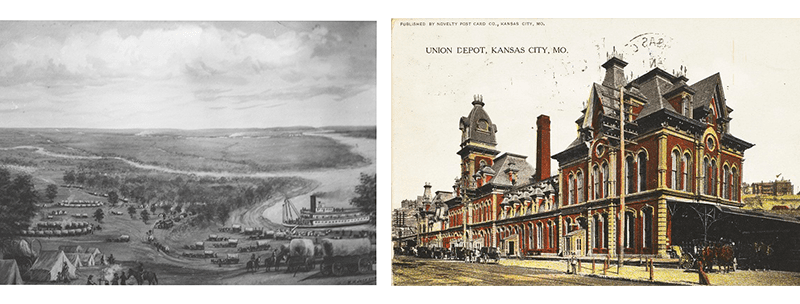
KC has been a long-time benefactor of its central location within the United States. These two key locations allowed Kansas City to capitalize upon its geographic good fortune and flourish into the economic hub it is today.
Traders traveling west in the 1800s disembarked from the Missouri River and continued on land by way of the Santa Fe Trail, with Westport’s Landing serving at the westernmost arrival point for riverboats. The first steamboat docked at Westport’s Landing in 1834, bringing commerce opportunities to the area and setting the foundation for Kansas City’s future economic success.
Kansas City’s original train station opened in 1878. Located in the West Bottoms, Union Depot welcomed freight and passenger trains from across the country until Union Station opened in 1914. At the time of its construction, the sprawling structure was the largest building west of New York.
DREAMLAND HALL, THE RENO CLUB, THE CENTURY ROOM & LUCILLE’S
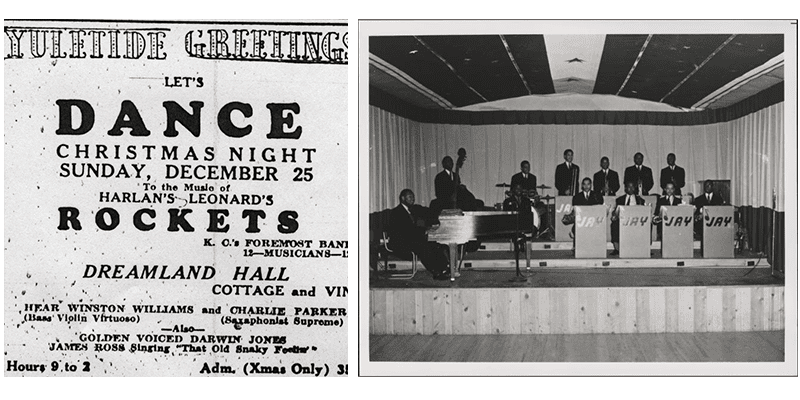
Jazz may have been born in New Orleans, but it grew up in Kansas City. During its golden era in the Heart of America, the genre could be enjoyed at countless glittering clubs and low-lit venues.
The Reno Club was the 12th Street club where Count Basie formed his orchestra in 1935. The Century Room opened in 1939 and went on to host a young Charlie Parker as he dazzled crowds. At Lucille’s, owner Lucille Webb welcomed a regular lineup of performers in the 18th & Vine jazz district.
While little information is preserved about Dreamland Hall, an ad in the Kansas City Call highlights a performance by the Kansas City Rockets under the guidance of bandleader Harlan Leonard on Christmas night in 1938.
Rector Mansion
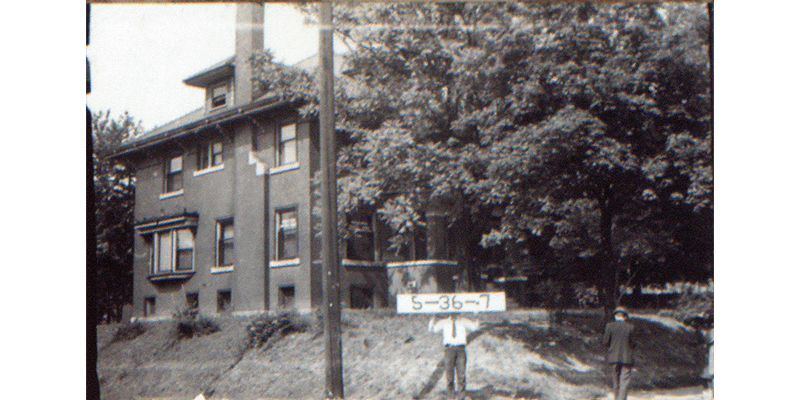
One of the first Black women millionaires in the United States, and known as the very first in Kansas City, Sarah Rector received a land allotment in Oklahoma at age 12 that was rich in oil and entitled her to substantial payments for the valuable natural resources that flowed from her property. After relocating to Kansas City, Rector was recognized among the area’s local celebrities and entertained figures from Count Basie to Duke Ellington. The Rector Mansion still stands in KC at 2000 E. 12th Street.

